Your outdoor furniture covers play a crucial role in protecting your cherished patio furniture from the elements year-round. However, to ensure they continue to provide effective protection and maintain their quality, especially in winter, it’s essential to clean and store them properly. In this blog, we’ll explore some winter cleaning and storage tips for outdoor furniture covers, helping you prolong their lifespan and keep your outdoor space looking pristine.
1. Regular Cleaning Routine
Regularly cleaning your outdoor furniture covers is essential for maintaining their appearance and durability, especially if they are exposed to outdoor elements frequently. Setting a schedule for cleaning your outdoor furniture covers based on your location and weather conditions is one of the crucial outdoor cover cleaning tips.
- If you live in an area with frequent rain or high humidity, you may need to clean them more often.
- Aim to clean them at least once every few weeks during the outdoor season to prevent dirt and grime buildup.
2. Follow Manufacturer’s Instructions
Following the manufacturer’s instructions is crucial when it comes to patio covers cleaning. Manufacturers provide specific guidelines based on the material and construction of the covers, ensuring that you clean them effectively without causing any damage. Here are some reasons why you should always follow the manufacturer’s instructions:
- Material Compatibility: Outdoor furniture covers are made from various materials such as polyester, vinyl, canvas, and others, each with its own cleaning requirements. The manufacturer’s instructions will specify the recommended cleaning methods and products that are safe to use on the particular material of your covers.
- Avoid Damage: Using the wrong cleaning products or techniques to clean your patio furniture covers can damage the fabric of your covers, leading to discoloration, shrinkage, or deterioration. By following the manufacturer’s instructions, you can avoid inadvertently causing damage and ensure the longevity of your covers.
- Preserve Waterproofing: Many outdoor furniture covers are treated with waterproof coatings to repel water and protect the furniture underneath. Using harsh chemicals or abrasive cleaning methods for outdoor cover care can strip away these coatings, compromising the covers’ ability to repel water effectively. The manufacturer’s instructions will include recommendations for preserving the waterproofing properties of the covers.
- Maintain Warranty Coverage: Some manufacturers offer warranties on their outdoor furniture covers, which may be voided if the covers are not cleaned and maintained according to the instructions provided. By following the manufacturer’s guidelines on patio cover maintenance, you can ensure that your warranty remains valid and take advantage of any coverage in case of defects or issues.
3. Spot Clean as Needed
Spot cleaning is a practical approach for addressing minor stains or spots on your outdoor patio furniture covers without having to clean the entire surface. Here are some tips for effective spot cleaning:
- Identify the Stain: Before starting the spot cleaning process, identify the type of stain you’re dealing with. Different stains may require different cleaning solutions and techniques for removal.
- Prepare the Cleaning Solution: Mix a gentle cleaning solution using mild dish soap or laundry detergent with warm water. Avoid using harsh chemicals or abrasive cleaners, as they can damage the fabric of the covers.
- Test in a Hidden Area: Before applying the cleaning solution to the stained area, test it in a small, inconspicuous area of the cover to ensure it doesn’t cause any discoloration or damage.
- Apply the Cleaning Solution: Dip a soft brush or sponge into the cleaning solution and gently scrub the stained area in a circular motion. Avoid rubbing too vigorously, as this can damage the fabric fibers.
- Rinse Thoroughly: After spot cleaning, rinse the area thoroughly with clean water to remove any remaining soap residue. Use a clean, damp cloth or sponge to blot the area and remove excess moisture.
- Air Dry: Allow the spot-cleaned area to air dry completely before using or storing the covers. Avoid using heat sources such as hair dryers or direct sunlight, as they can cause shrinkage or damage to the fabric.
- Repeat if Necessary: For stubborn stains, you may need to repeat the spot cleaning process multiple times until the stain is fully removed. Be patient and avoid using excessive force, as this can worsen the damage.
4. Deep Cleaning
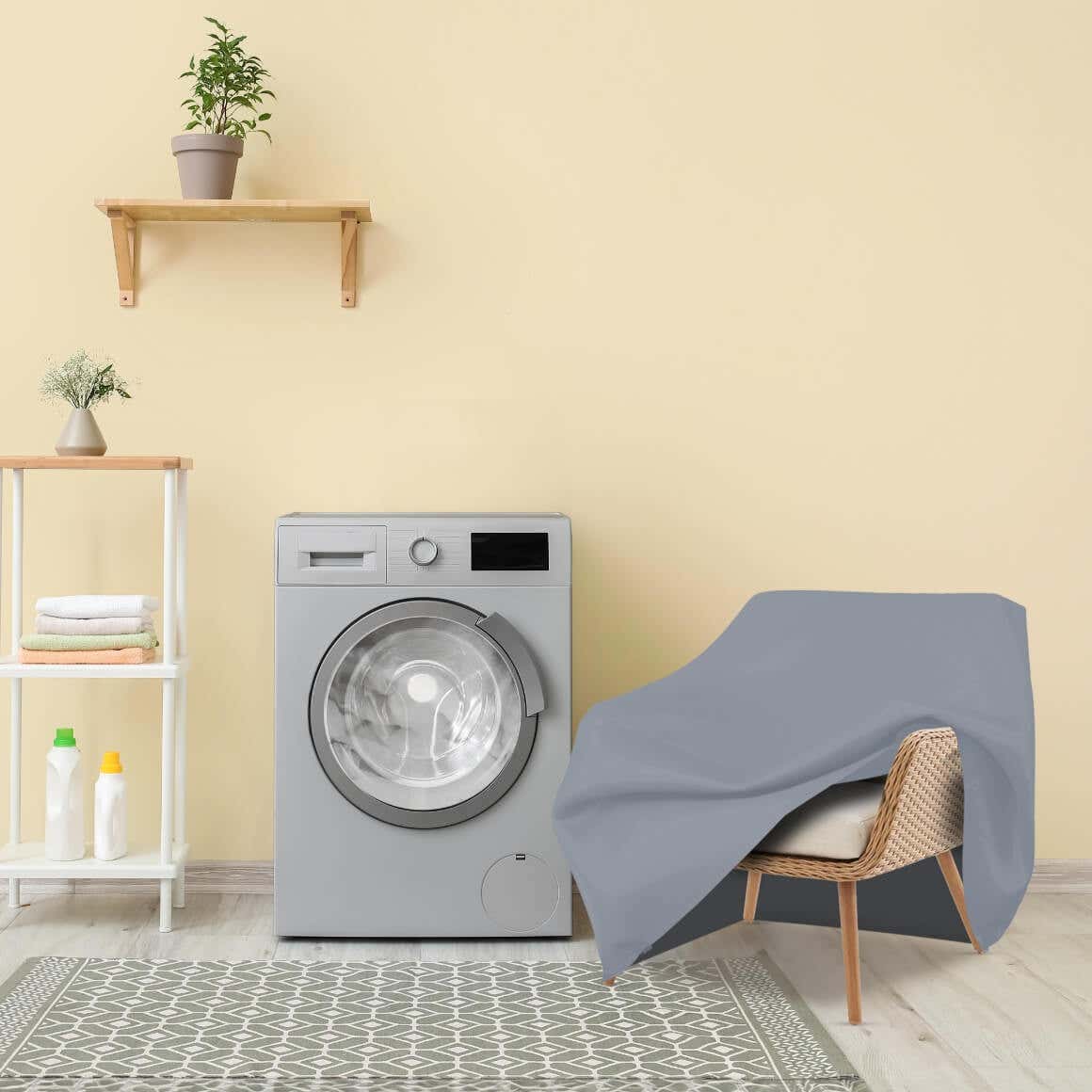
Regular deep cleaning of your outdoor furniture covers is essential to ensure they remain in optimal condition and free from dirt, grime, and mildew buildup. The cleaning method you choose will depend on the material of your covers. Here are two effective methods for deep cleaning and protecting outdoor furniture:
Hand Washing
- Fill a basin or large container with lukewarm water.
- Add a small amount of mild detergent suitable for the fabric type.
- Submerge the covers in the soapy water and gently agitate them to loosen dirt and grime.
- Use a soft brush or sponge to spot clean any heavily soiled areas.
- Rinse the covers thoroughly with clean water to remove all soap residue.
- Hang the covers to air dry in a well-ventilated area, away from direct sunlight.
Machine Washing
- If your covers, including outdoor table covers are machine washable, place them in the washing machine.
- Use a mild detergent and select a gentle cycle with cold water.
- Avoid overloading the machine to ensure thorough cleaning.
- Once the washing cycle is complete, remove the covers promptly and avoid leaving them sitting in the machine.
- Hang the covers to air dry or tumble dry on a low heat setting if recommended by the manufacturer.
5. Winter Storage Tips
Thoroughly Dry Before Storage
- Hang them out to air dry in a well-ventilated area, preferably in the sun.
- Use a dryer on a low heat setting if recommended by the manufacturer.
- Never fold or store the covers while they are still damp or moist to prevent mold and mildew growth.
Store in a Clean, Dry Space
- From outdoor table covers to patio couch covers, store the covers indoors in a closet, garage, or basement.
- Choose a clean and dry area away from direct sunlight, moisture, and pests.
- Ensure the storage space is well-ventilated to prevent mold and mildew growth.
Sealed Containers or Storage Bags
- If outdoor storage is necessary, use sealed containers or storage bags to protect the covers from dust, moisture, and pests during winter.
- Opt for containers or bags made from breathable materials to prevent moisture buildup.
- Make sure the containers or bags are clean and dry before placing the seasonal covers inside.
Elevate Off the Floor
- Whether stored indoors or outdoors, elevate the covers off the floor to avoid contact with dust, dirt, and potential moisture.
- Use shelves, racks, or hooks to keep the covers organized and off the ground.
Avoid Folding When Possible
- If space allows, avoid folding the covers tightly when storing them.
- Folding can create creases and wrinkles in the fabric, which may become permanent over time.
- Instead, drape the covers over a hanger or roll them loosely to prevent excessive folding.
Regular Inspection
- Periodically inspect the stored covers for any signs of damage, mold, or mildew.
- If you notice any issues, take appropriate steps to clean or repair the covers before storing them again.
Conclusion
By following these top tips for patio furniture cover maintenance, you can ensure the covers remain in excellent condition and continue to provide reliable protection for your outdoor furniture. With proper care and maintenance, your outdoor space will stay inviting and comfortable for years to come.
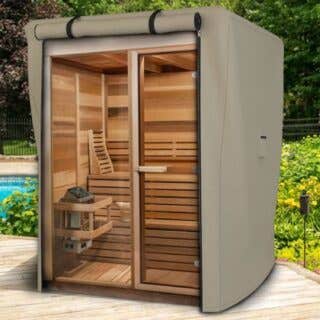

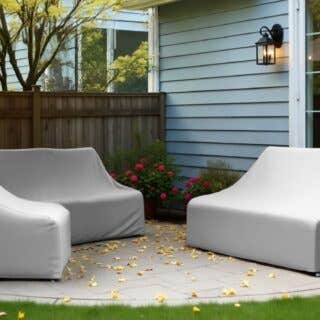



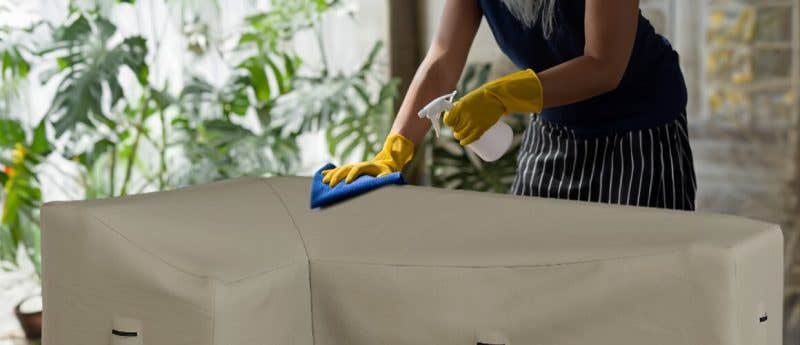
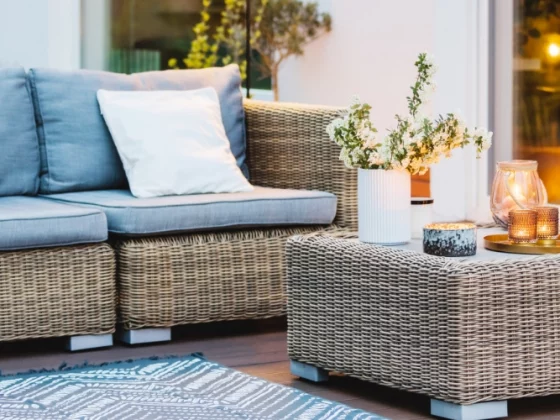

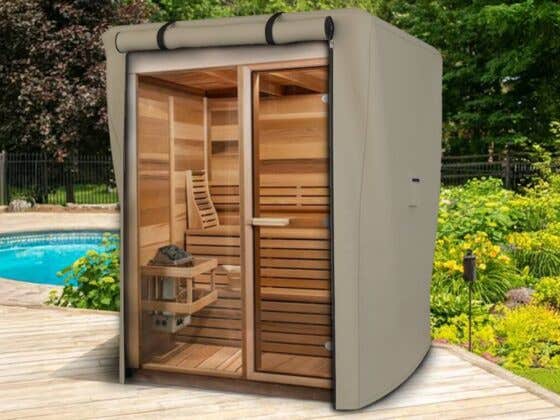
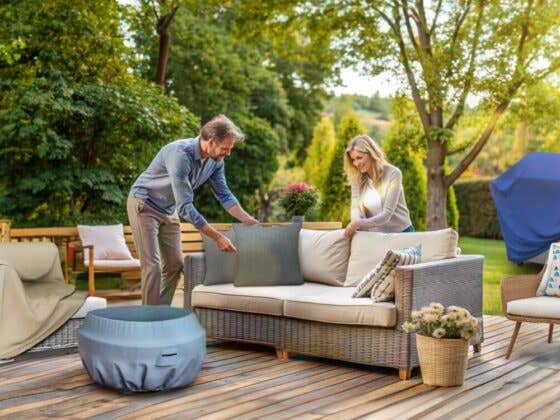
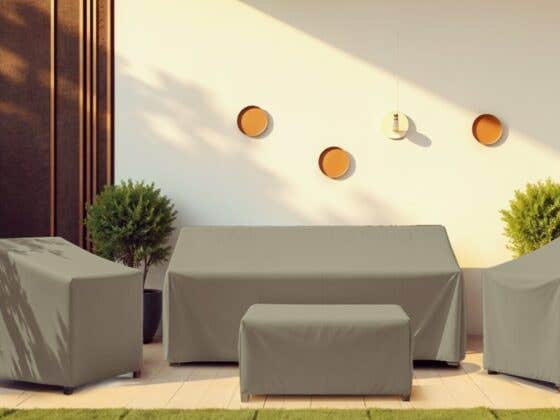
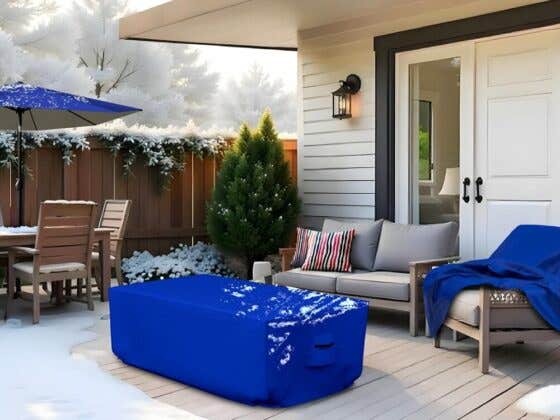

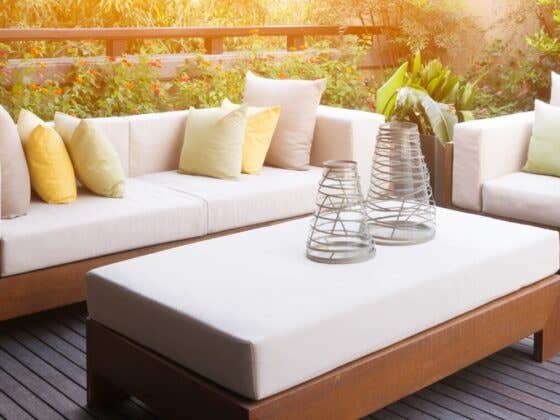
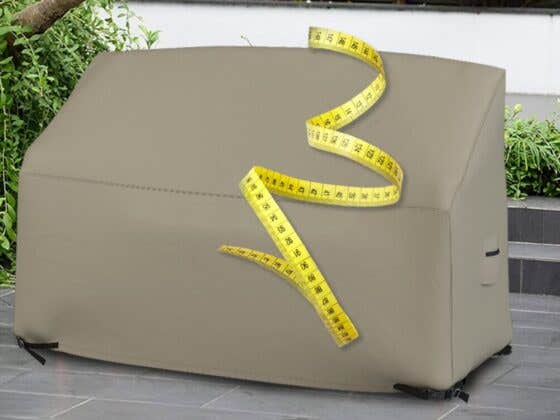
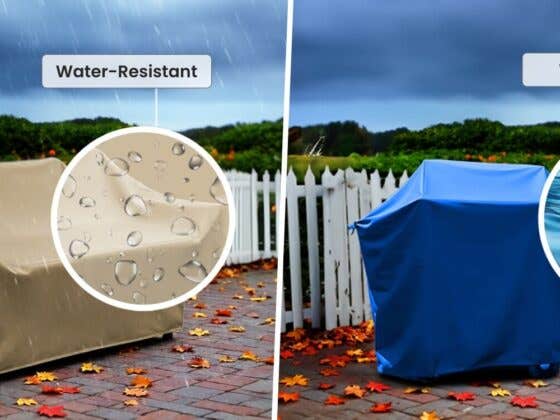
Recent Comments